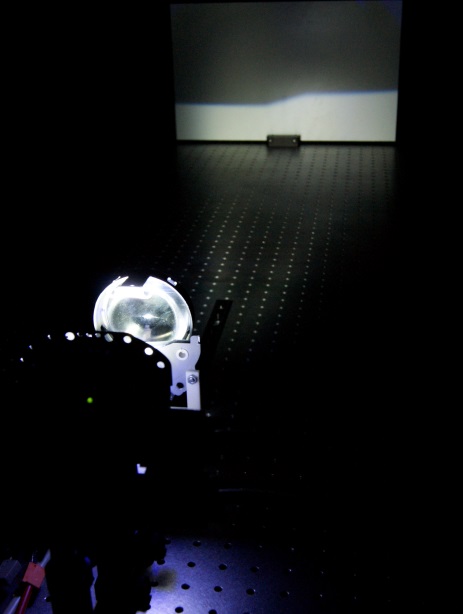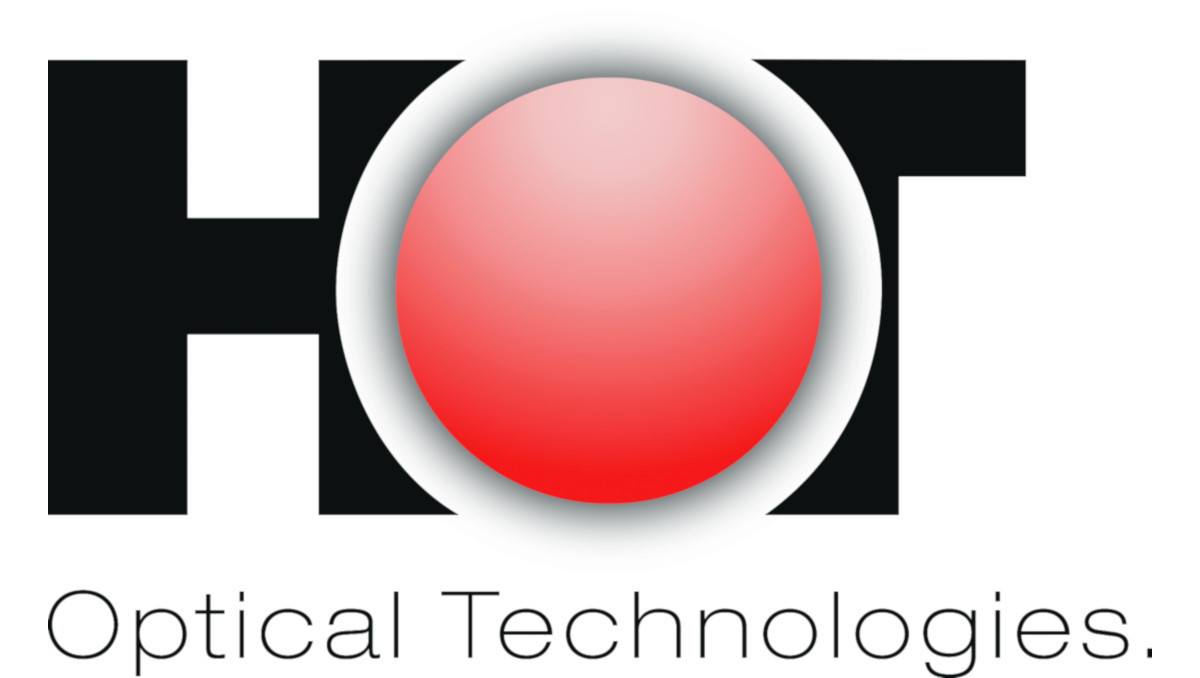Laser Diode Pumped Remote Phosphor Lighting Systems

| Led by: | B. Roth |
| Year: | 2013 |
Laser Diode Pumped Remote Phosphor Lighting Systems
Bright white LEDs are changing the conventional automotive front-light architecture based on halogen lamps or the more recent HID lamps. For the next generation of automotive headlamps, a diode laser pumped remote phosphor based white light source can be even better in terms of brightness, efficiency, and design flexibility. In 2011 BMW demonstrated a blue laser based headlamp using remote phosphor in the i8 concept car.
A laser diode enjoys smaller form factor as compared to an LED, opening the possibility for compact arrayed systems for adaptive beam shaping. On top of that, the remote phosphor architecture separates the laser and the phosphor, which improves thermal management and offers modular design flexibility.
Discomfort glare is a well-known problem in Xenon or LED based headlamps and very often it is blamed on the excessive bluish colour tone of the light. Using remote phosphor architecture, one can always benefit from the possibility of changing the particular remote phosphor and, as a result, change the colour temperature of the output light.
The picture above shows a part of our latest laser pumped phosphor based headlamp prototype, developed in collaboration with IPeG. The low-beam distribution pattern on a screen is also shown.
At high injection current densities, LEDs are known to suffer from ‘efficiency droop’. Whereas laser diodes often operate at much higher current density levels, almost droop free. We are currently exploring the possibilities of laser diodes in various high power solid state lighting applications, taking into account the important characterization parameters like luminous efficacy, correlated color temperature (CCT) and color rendering index (CRI).
